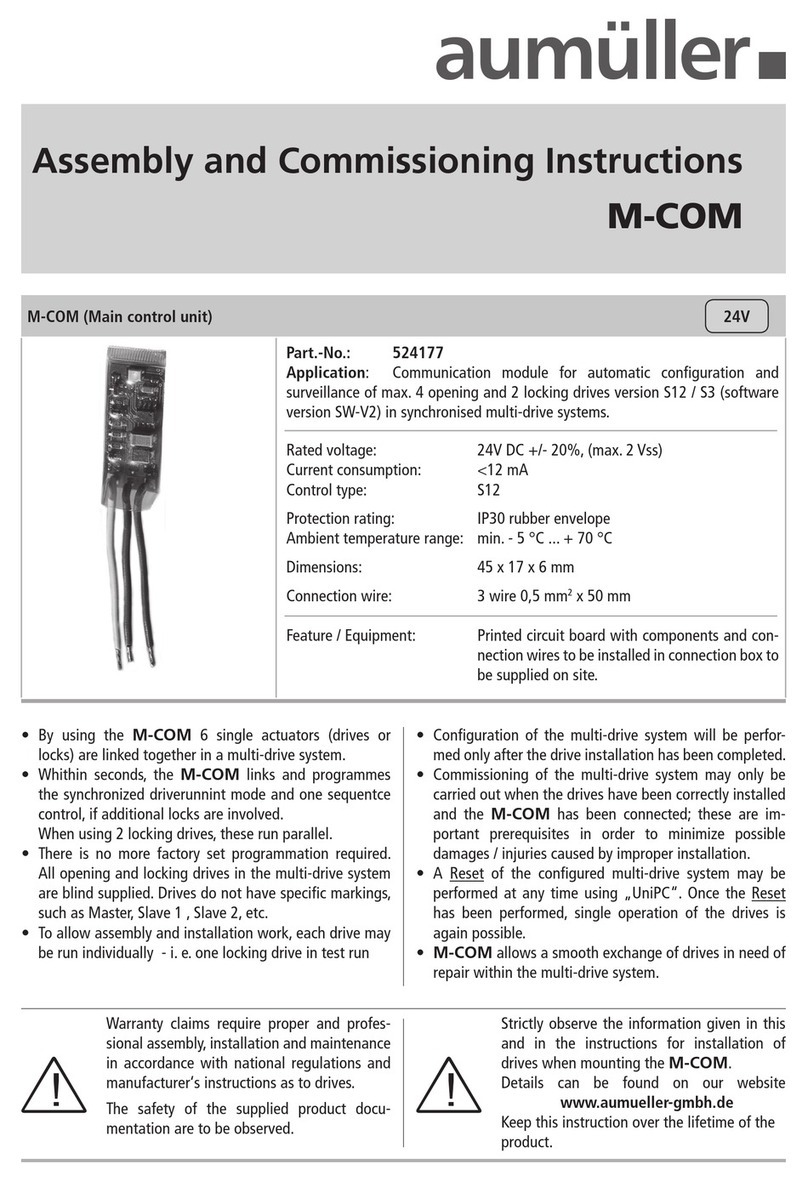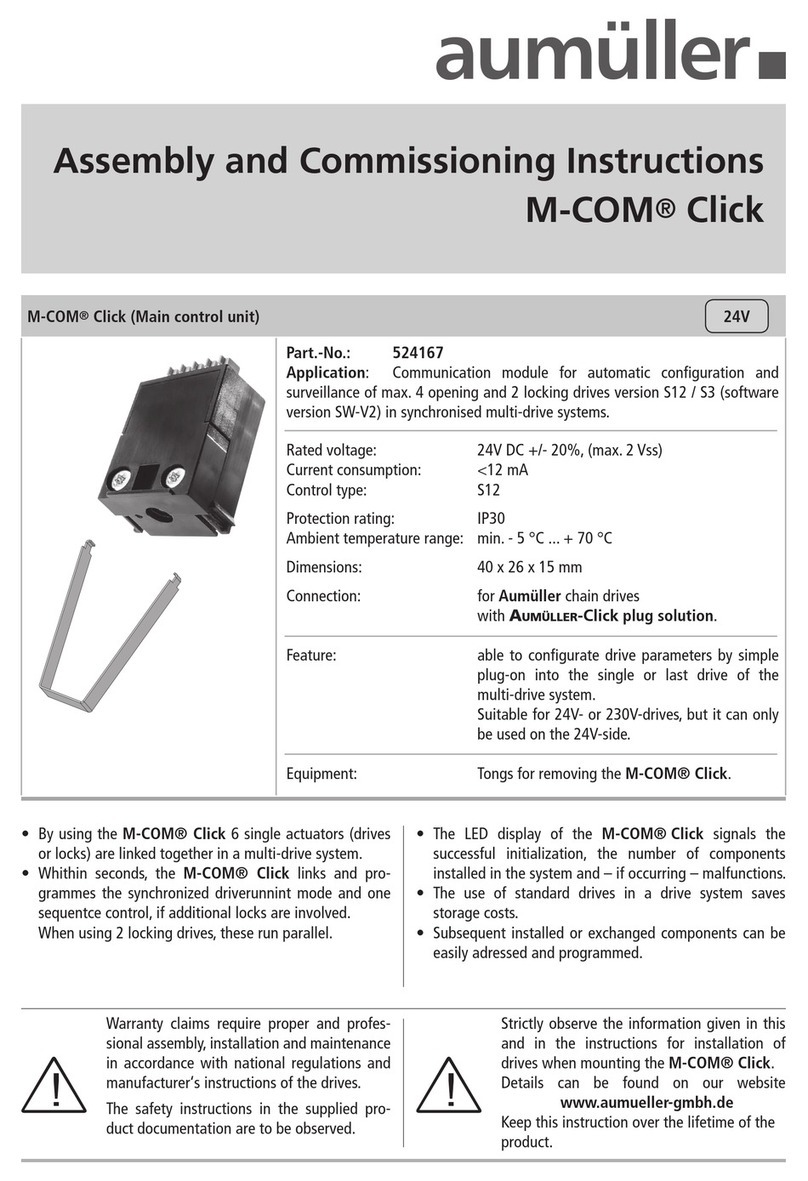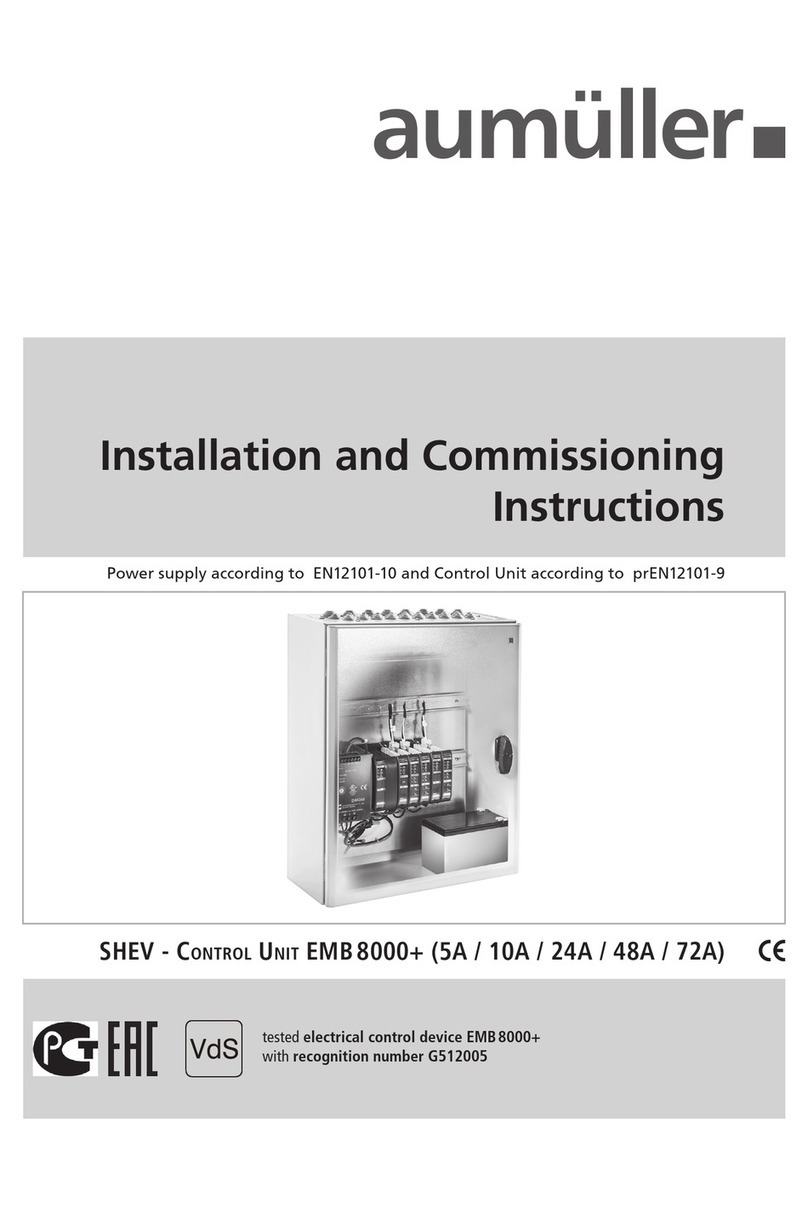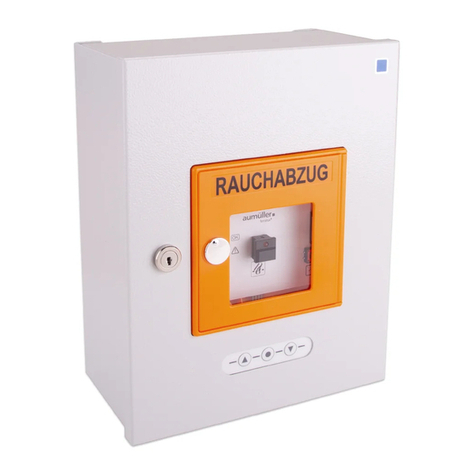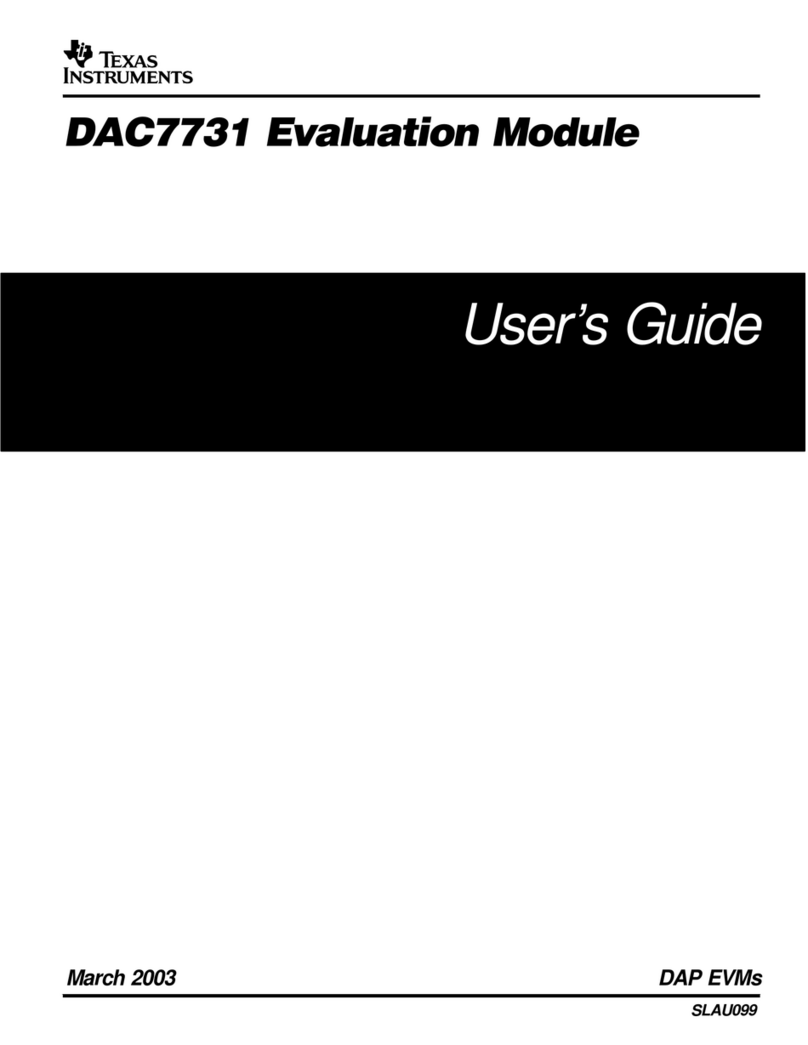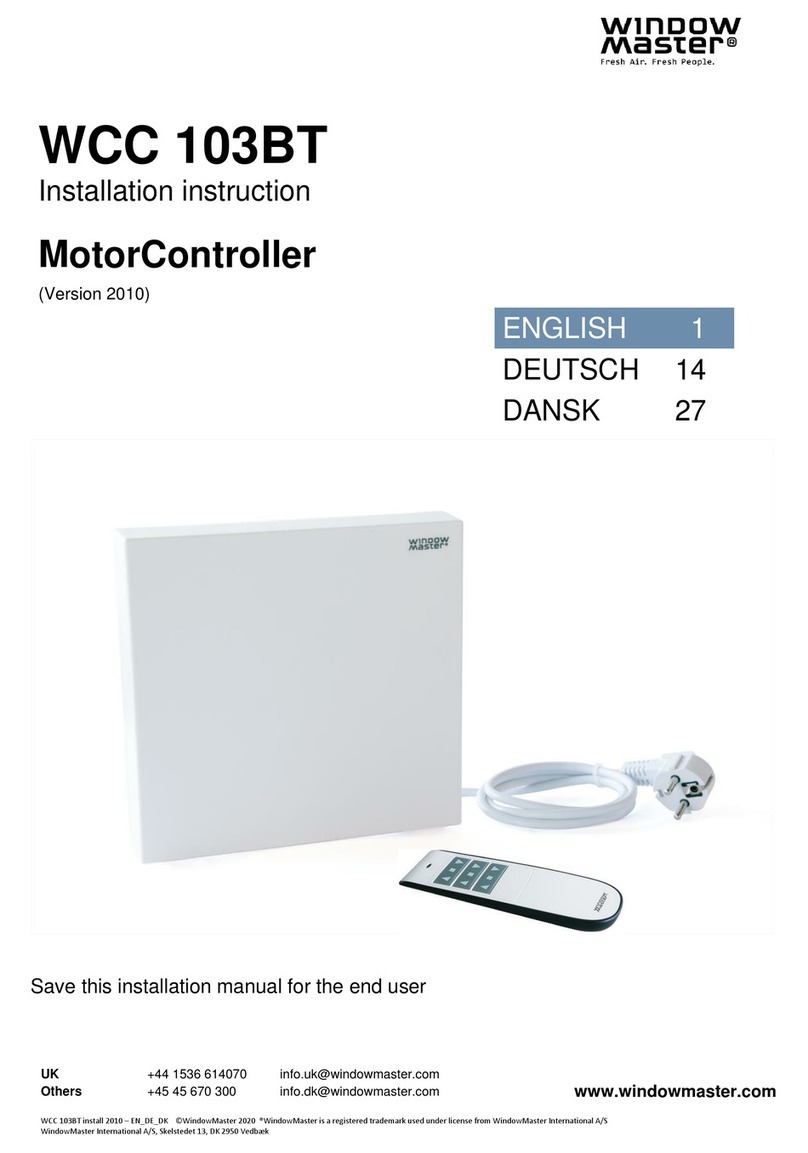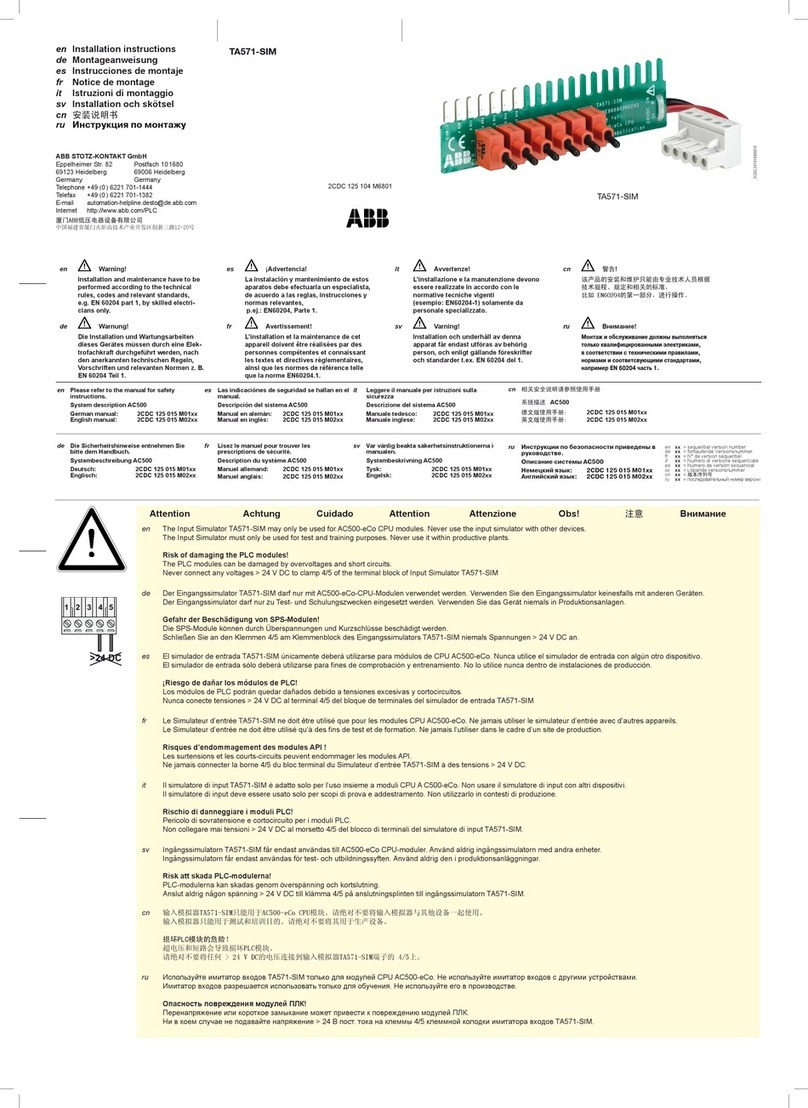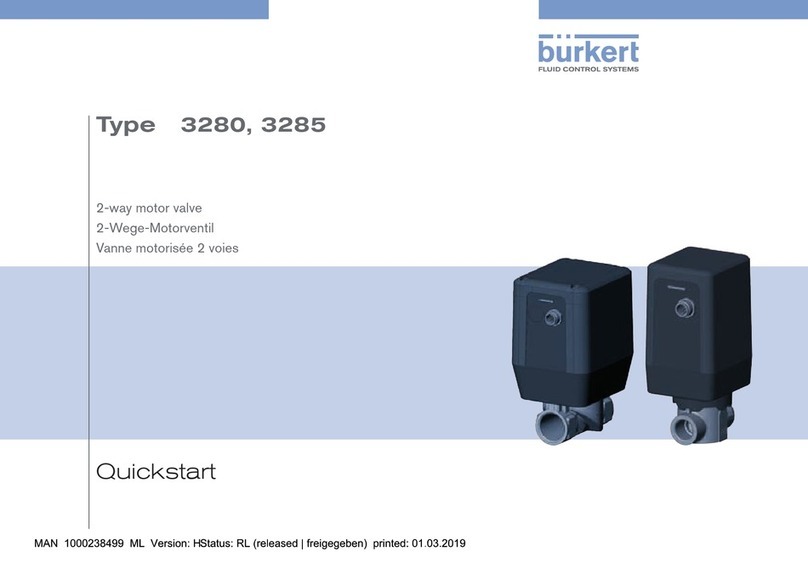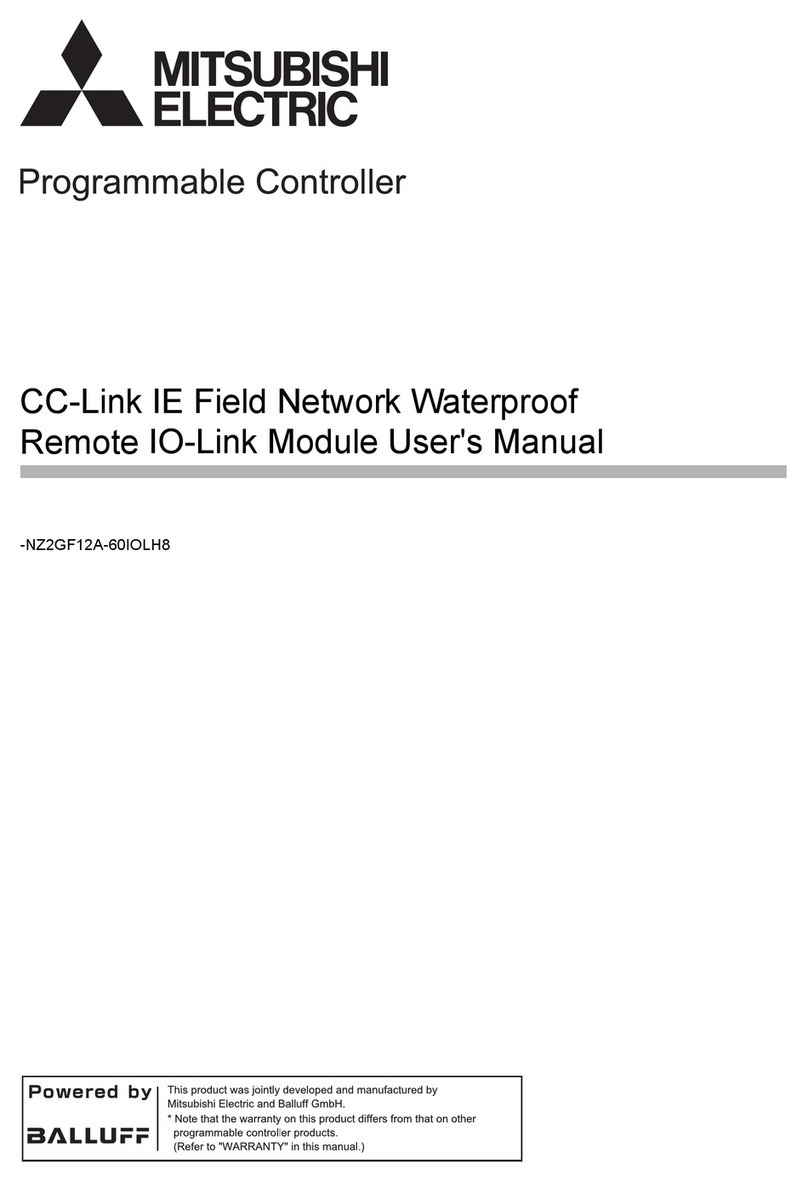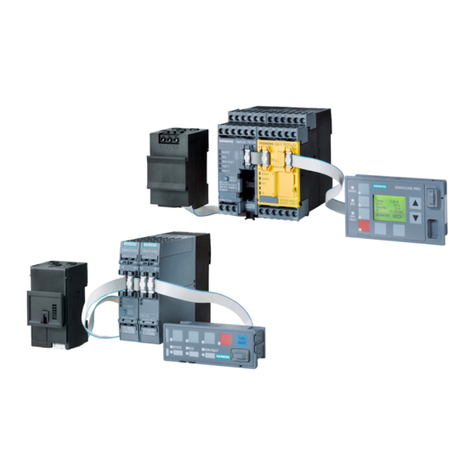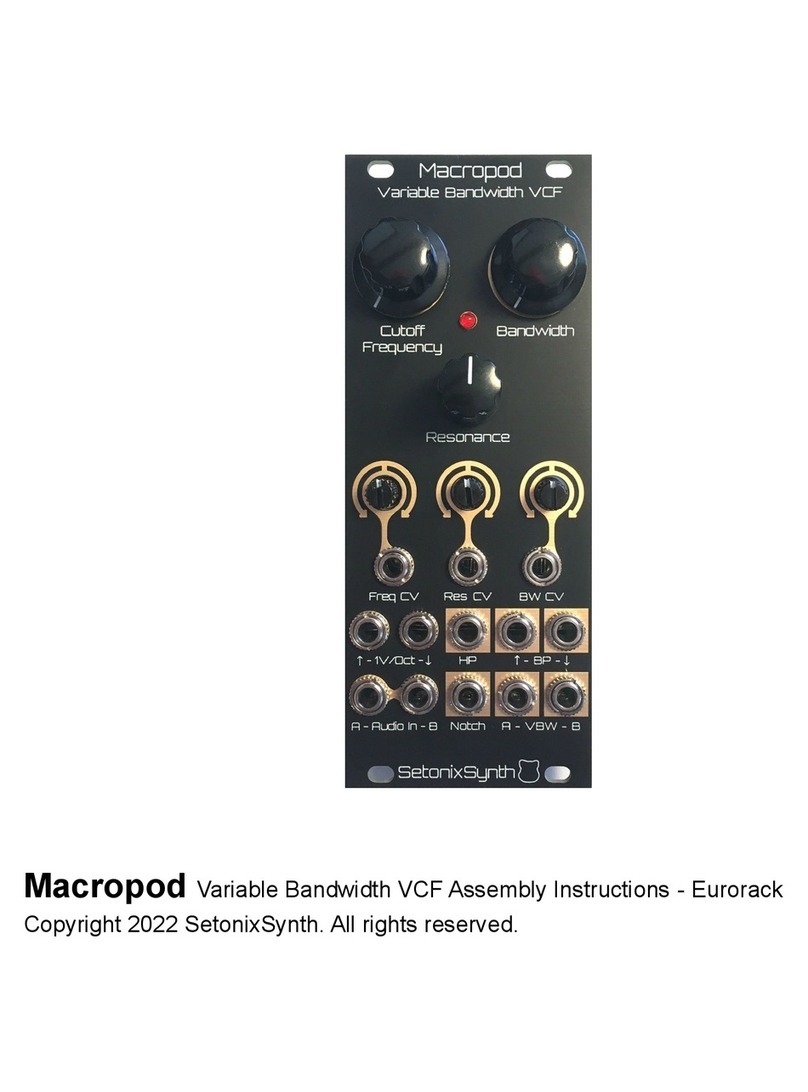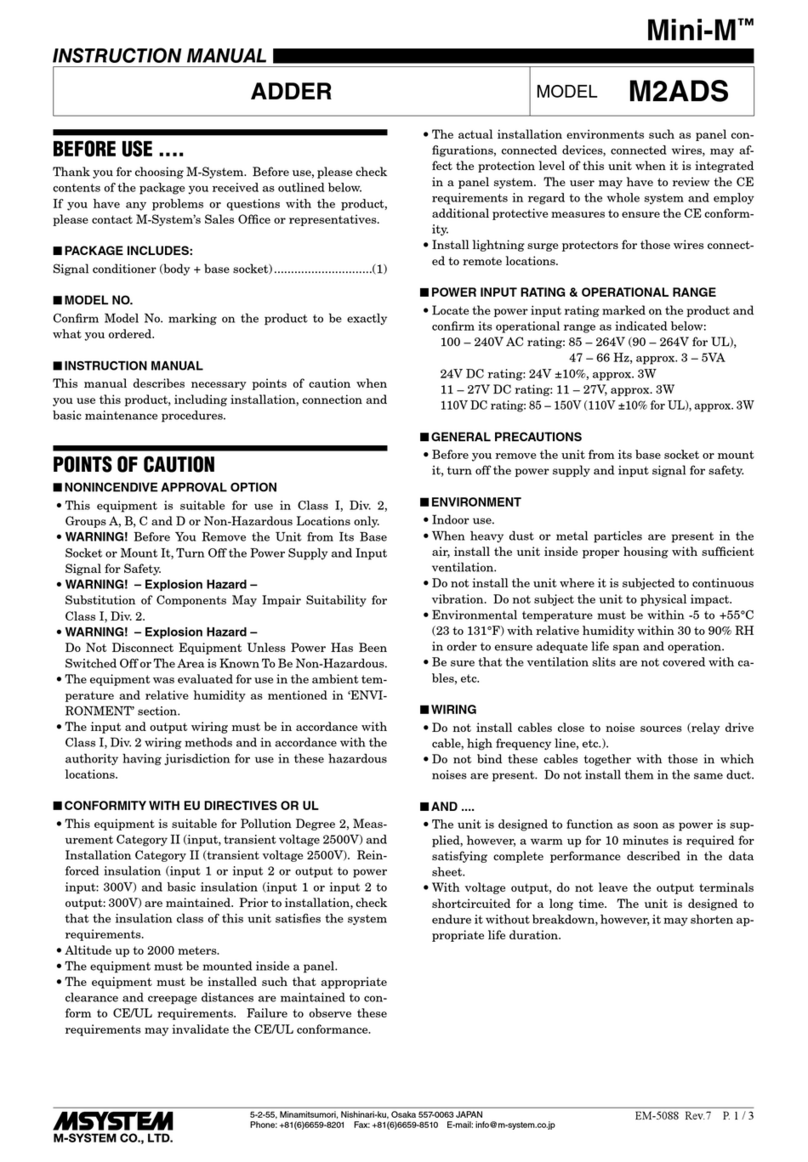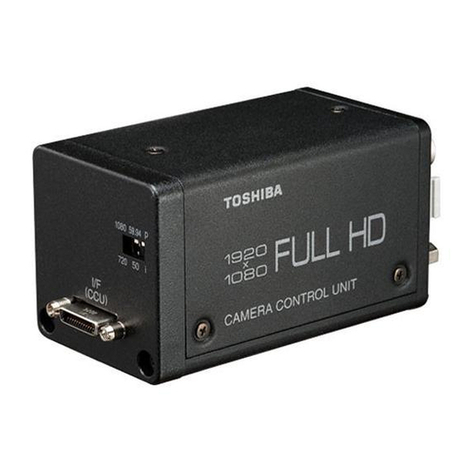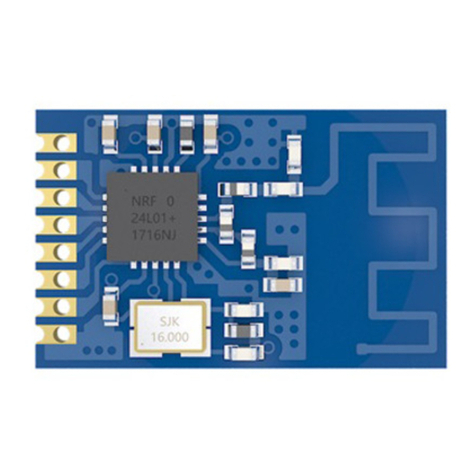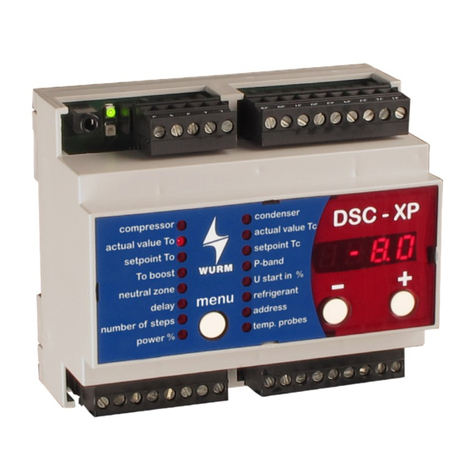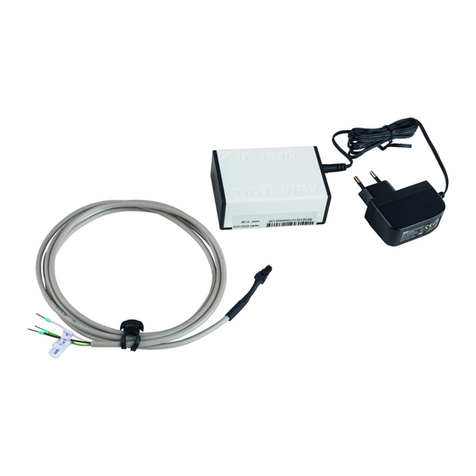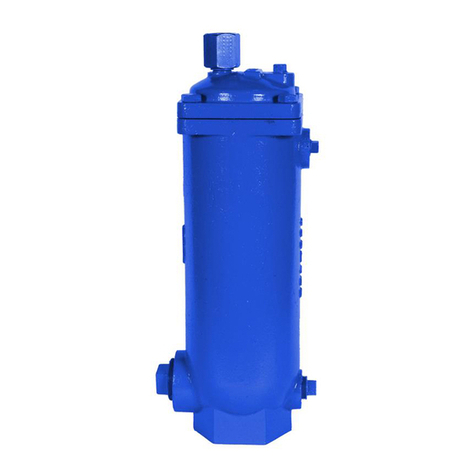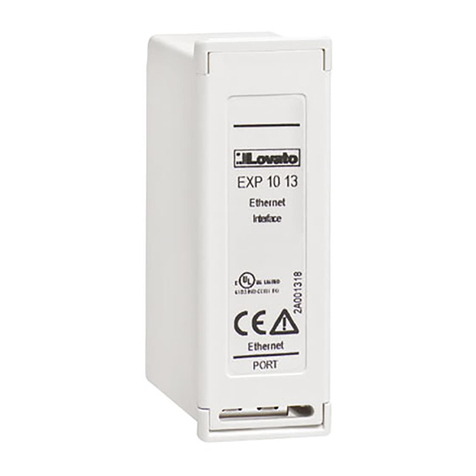
4
Installation instruction
SHEV - Control Unit EMB 7300
PRELIMINARY REMARK
01
These instructions are intended for personnel trained in
electrical engineering and skilled operators of systems
for natural smoke ventilation (NRA / SHEV) (natural smo-
ke exhaust system / smoke and heat exhaust system) and
natural ventilation via windows, who are knowledgeable
of operating modes and remaining risks of the system.
This device is not intended for use by per-
sons (including children) with physical,
sensory or mental limitations or lacking experience and / or
knowledge, unless they are supervised by a person who is
responsible for the safety or were instructed by him on the
usage of this equipment. Children should be supervised to
ensure that they are not playing with this device.
Cleaning and operator’s maintenance may not be per-
formed by children without supervision.
TARGET GROUP
!
WARNING
By installing the drive to a movable ele-
ment of the window a so-called “pow-
er-operated window” is created which,
according to the Machinery Directive
2006/42/EG, represents a machine. The
control device is designated for driving
such a window. Where it seems reason-
able, these installation instructions point
out sensibly predictable hazards and risks
resulting from a power operated window.
By connecting the window drives with
a control device and their operation the
constructor of the complete system beco-
mes the manufacturer of the power-ope-
rated window! If necessary, he is obliga-
ted to perform a risk assessment of the
complete system in accordance with the
Machinery Directive 2006/42/EG when
the utilization or operation of the control
device or the connected window drives
deviate from their intended use!
Attention must be paid to possible
hazards when used with tilting or
rotating windows, whose secondary
closing edges are located at less than
2,5 m installation height above the oor,
under consideration of the Control Unit
and usage!
NOTE
NOTE
!
WARNING
INTENDED USE
Area of application / Scope of application
This control device is intended for power-feeding and con-
trolling electromotive operated windows in facade and roof
areas. The prime task of this product, in combination
with the electromotive window, is to evacuate hot smoke
and combustion gases in case of re to save human
lives and protect material assets. Furthermore, the electro-
motive operated window ensures fresh air supply for the
natural ventilation of the building.
Intended use according to the Declaration of Con-
formity
The control device is intended for stationary installation and
electrical connection as part of a building.
In accordance with the attached Declaration of Con-
formity the control device, in combination with
electromotive drives from AUMÜLLER, is relea-
sed for its proper use at a power-operated window
for the following use:
• Application for natural ventilation
with an installation height of the drive and
the bottom side of sash of at least 2,5 m above
the oor, or
with an opening width at the HSK of the driven
part of < 200 mm by a simultaneous speed of
< 15 mm/s at the HSK in closing direction.
• Application as NSHEV (natural smoke and heat
exhaust ventilator(s) for ventilation without dual
purpose for ventilation in accordance with
EN12101-2.
We as manufacturers are well aware of our duties and
responsibilities regarding the development, manufactu-
ring and placing of safe window drives on the market and
consistently implement them. Ultimately, however, we have
no direct inuence on the usage of our drives. Therefore,
as a precaution, we point out the following:
• The constructor or his agent (architect, specialist
planner) are obligated by law to evaluate the
hazards to persons, originating from the usage,
installation position, opening parameters as well as
the planned type of installation of the power
operated window and the external Control Unit,
already in the planning phase and to establish
necessary protective measures.
• The constructor / manufacturer of the machine
“power-operated window” must implement the
planned protective measures at the installation site
or, if not yet established, determine them by theire
own responsibility and detect or minimize possible
remaining risks.





















